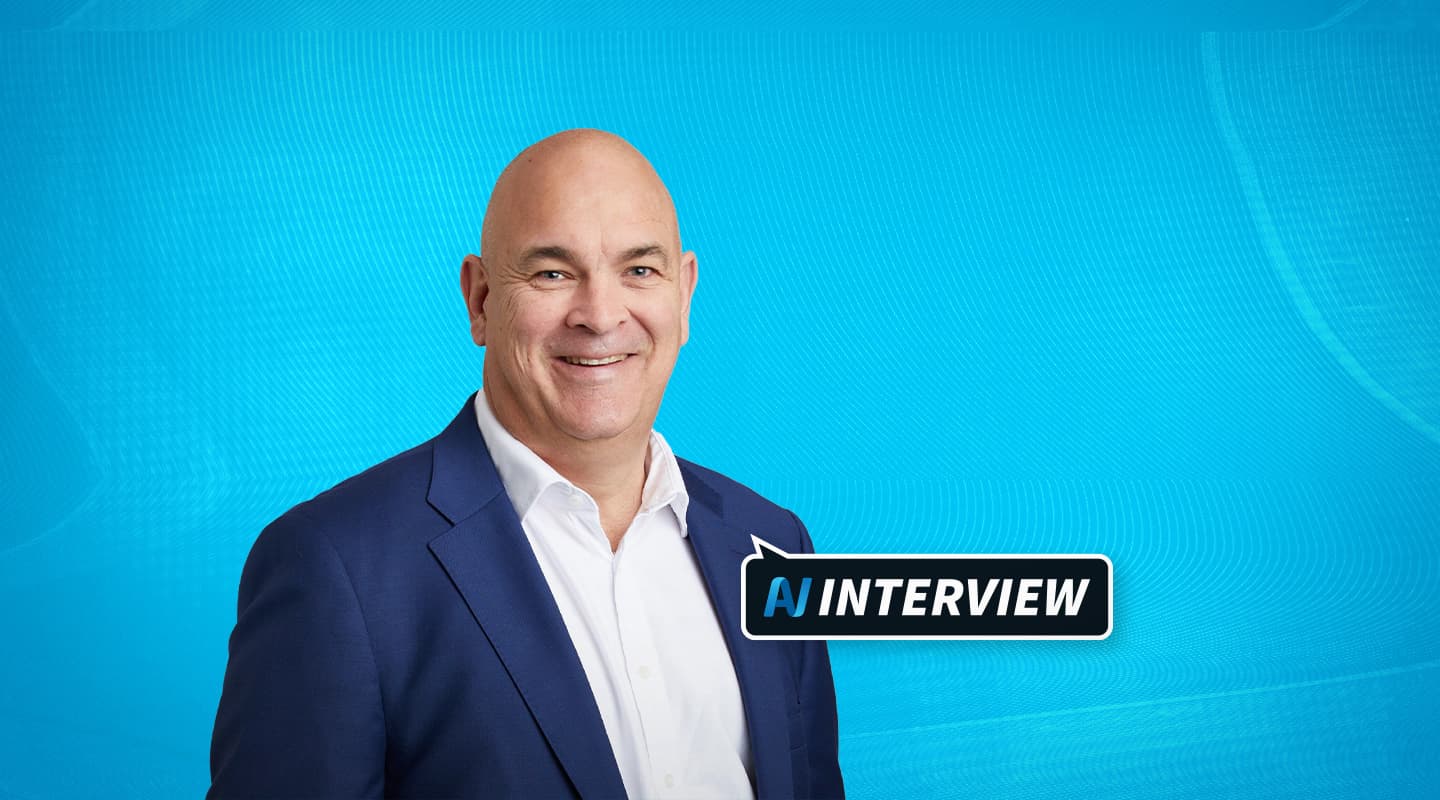
AV Interview: James Berry, Diversified
In an exclusive interview prior to Integrate, new Managing Director, APAC, James Berry, talks to Editor, Christopher Holder, about the opportunities and challenges of turning Diversified into a regional powerhouse.
In December 2023, James Berry took the helm as the new Asia-Pacific MD for Diversified, a multinational AV integration leader headquartered in the US. Berry’s background in IT, particularly his experience with global banks and payment companies, provided a unique foundation for leading the Asia-Pacific region of a company renowned for its AV integration chops. As he steps into this new role, Berry is determined to better ‘integrate’ the firm’s footprint across the Asia-Pacific region, better plugging the Australian presence into its offices in India, Singapore, Japan, and more. In this exclusive interview, he discusses his journey, challenges, and vision for the future of the AV industry.
AV: James, you’ve had an extensive background in IT. What attracted you to the AV industry, and specifically to your role at Diversified?
James Berry: Prior to joining Diversified in December 2023 I’d spent a career predominantly on the customer side of IT, working for global banks and payment companies. My transition to the sell side in 2020 led me to Diversified, a company with an incredible yet under-leveraged footprint in Australia and a parent company in the US, and a global leader in AV integration, media solutions, and broadcast. What intrigued me was the opportunity to merge these capabilities across different regions, particularly in Asia, where I believe we can truly make Australia a central player, not just a bit-part player.
Since taking on the role, we’ve gained significant momentum in India, Singapore, Japan, and now, we’re working on expanding further into China. For me, the challenge is about building structures and processes that bring AV into the same space as IT, but without falling into the trap of IT margins. It’s about creating value for clients, and that’s where I find my passion lies.
AV: The AV integration sector has undergone a lot of consolidation. How do you view the competition, particularly from large electrical contractors entering the space?
JB: I’m less concerned about the large electrical contractors moving into our space. The real threat, in my opinion, lies in the lower end of the market, where poor workmanship and substandard quality can tarnish the reputation of the AV integration industry. We work well with large contractors, particularly on repetitive, cookie-cutter jobs, which is their bread and butter. However, where we excel is in AV architecture – bringing new technologies to market and creating exceptional, memorable environments.
We’re not intimidated by the big contractors. We know our niche and are confident in our ability to grow within it. Of course, there are limits to growth, but it’s not something that’s inhibiting us at the moment.
AV: What’s driving the so-called ‘race to the bottom’ when it comes to AV installation and integration?
JB: COVID-19 has been one of the most significant disruptions in recent history, and it’s caused a lot of upheaval. Many enterprise clients, both large and medium-sized, halted their investments in AV during the pandemic. As things settled, they realised they had to make significant investments, but some opted for more economical solutions. Unfortunately, many of them are now unhappy with the outcomes.
Ten years ago, AV in the office was a luxury, but today, it’s a necessity. Gen Z and Gen Alpha are demanding technology that engages and immerses them. Without the right investment, these younger generations won’t want to work in those environments. It’s about total cost of ownership, but also about total value proposition. What’s the return on investment? That’s where we come in – helping clients create value rather than diminishing it.
AV: How do you see Australia’s AV market compared to the rest of Asia? Are there regional differences that stand out?
JB: Australia often likes to think of itself as unique, and while there are certainly regional differences, every country in Asia has its own unique culture and market. However, the technologies we’re deploying – whether it’s Crestron, Extron, Poly, Logitech, Microsoft etc – are the same across the 14 countries we have offices in Asia. For me, it’s about focusing on the commonalities rather than the differences.
We have a team that works seamlessly across borders. For instance, we have programmers in Sydney working on projects for major pharmaceutical companies in Malaysia and Singapore. It’s a very connected community now, which is fantastic.
AV: How does your leadership aim to change the perception of Diversified in Australia and Asia-Pacific?
JB: My goal has been to shift the mindset from seeing Australia as a branch office to recognising it as an integral part of the global team. When I introduced the Asia-Pacific value proposition, there was a huge groundswell of support, particularly from our younger staff. They were eager to be part of something bigger but had never been asked.
Now, we have team members travelling to places like India and Japan for the first time, realising that the needs of clients there are not so different from those in Sydney or Melbourne. We’re also taking Australian corporates into Asia and beyond, even helping them establish offices in the US or UK. For example, we’re currently outfitting the New York premises of a major Australian resources firm.
“”
My goal has been to shift the mindset from seeing Australia as a branch office to recognising it as an integral part of the global team.
AV: The AV industry often seems to lag behind IT in terms of business practices. What’s your take on that?
JB: The AV industry is a bit like the building trade. There’s a lack of regulation, and clients often don’t realise the complexity involved in what might seem like a simple task, such as hanging a display. But there are many factors to consider—cabling, power supply, structural integrity—all of which require professional planning and expertise.
At the other end of the spectrum, when you’re working on something like a stadium build, where you’re hanging one-tonne speaker arrays, the stakes are even higher. You can’t just let anyone take on that job. It requires professionalism, planning, and skilled expertise.
AV: What do you see as the key to unlocking Diversified’s full potential in the Asia-Pacific region?
JB: If there’s one thing I want to achieve, it’s being able to equate investment with value. Our goal is to help clients understand the true bottom-line benefits of deploying the right AV or media solutions, whether it’s in a storefront, an auditorium, or a meeting room. We know AV creates value, but we need to make that value measurable. That’s the challenge we’re working on with clients – how to measure discernible outcomes from their AV investments.
AV: AI is a hot topic. How do you see it impacting the AV industry?
JB: I’m a huge fan of AI, but I think we need to separate reality from hype. We’ve seen this before with the dot-com boom, where everyone thought it would revolutionise business overnight. It did, but not in the way people initially expected. AI will be massively disruptive, but it won’t change the fact that we’re humans, and we need to interact in physical spaces.
AI is already being integrated into many of the products we’re selling, making them easier to use and set up. However, at the end of the day, we’re still dealing with physical equipment and people. AI will make things more efficient, but it won’t replace the need for good processes. It enables good processes, but those processes need to come first.
AV: Looking ahead, what do you see as the key measures of success for your tenure at Diversified?
JB: The key for me is implementing the changes we’re working on right now. We’re on a change agenda that will deliver some core components in Q4 this year and into Q1 next year. The goal is to fully integrate the Australian entity into our multinational operation, which is an exciting prospect. However, this is a two-year journey at a minimum due to the sheer amount of work involved.
Beyond that, we’re focused on growing the business organically and inorganically. If we can get this right over the next two to three years, we’ll be well-positioned to tackle the next set of challenges. That’s what excites me about this role—the opportunity to build something that has a lasting impact on the industry and our clients.

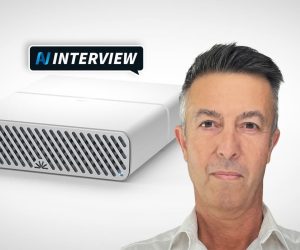
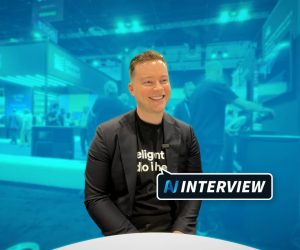
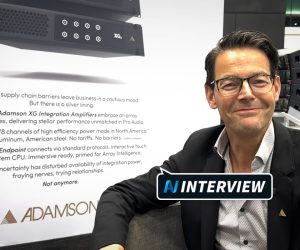
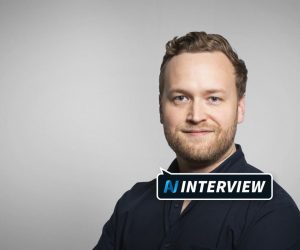
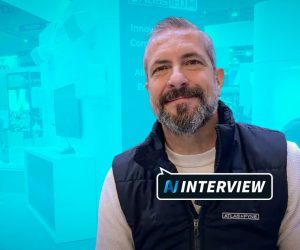
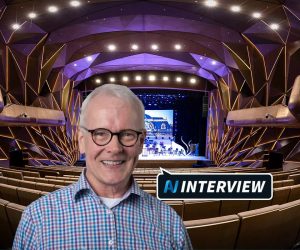
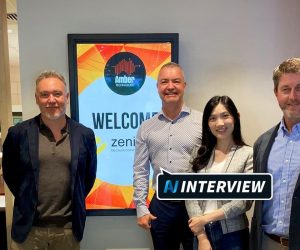
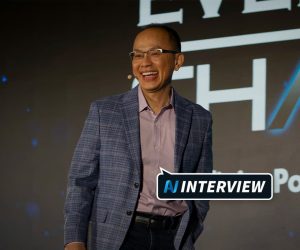
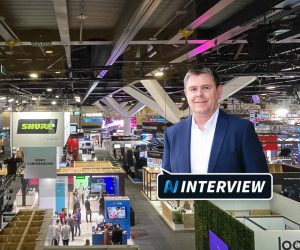
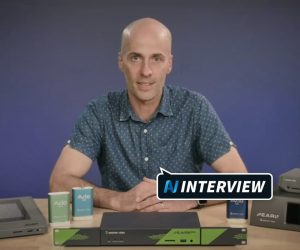
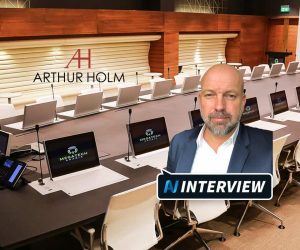
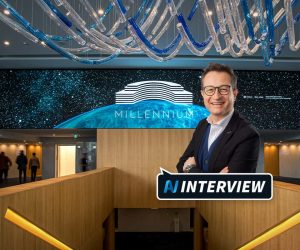
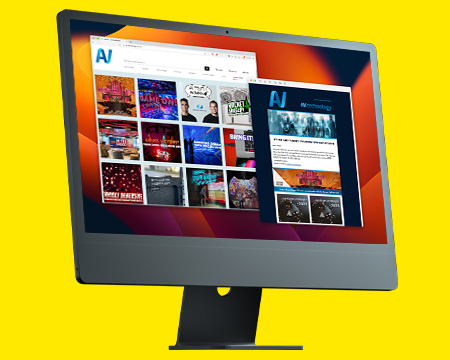

RESPONSES